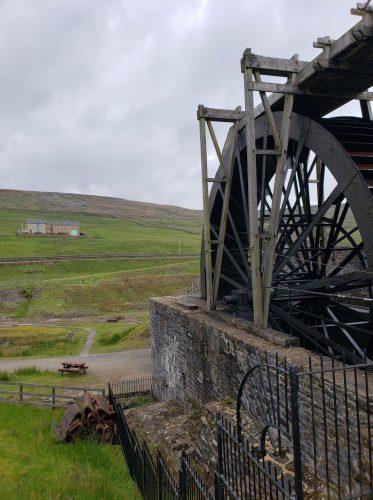During the first few days of Durham, UK portion of our trip, we had the opportunity to immerse ourselves in the history of Durham County. Mining has been a significant portion of Durham both economically and culturally, and it is evident that the historical significance of mining is seen in Durham’s culture today.

On our third day, we visited an actual former galena mine at the Killhope Mining Museum and see firsthand what working there would be like. Galena is a lead ore but is safe to handle unless there is actually lead dust present. We all got a pair of Wellies so our feet wouldn’t get wet when we waded through the water there, and we all complained about how our feet still got really cold. In the time when the mine was actually being used, Wellies did not exist, so the workers went in and out with constantly wet shoes. Since their feet and shoes never really dried, they had serious health problems arising from just one part of their equipment. They also did not have the hard hats that we wore and instead put dried clay on their soft hats in an attempt to create more safe conditions. Finally, the air was so unclean in the mine that most of the miners coughed up black fluid, which eventually turned red with blood as their lungs grew worse over time. This condition would eventually play a significant role in the miner’s health.


Despite the poor conditions, many worked in the mines, as the character of Durham County has been dominated by mining for centuries. Many immediate ancestors of the population are ex-miners. Thus, the influence of the mines nearby are still fresh in people’s minds, as seen in how popular the Miner’s Gala in Durham is. Since 1871, the Miner’s Gala has celebrated trade union collectivism and community spirit. On 13 July 2019, we witnessed Durham’s 135th Miner’s Gala take the streets. More than 100,000 people poured into Durham to see over 40 brass bands march with banners signifying old mines. At the end, these traditional banners are taken to the Durham Cathedral, where they are blessed. Just as in Durham, North Carolina, where the remnants of the tobacco industry are clearly displayed in the buildings, the mining culture of the recent past is deeply rooted in the traditions and community of Durham, UK.
